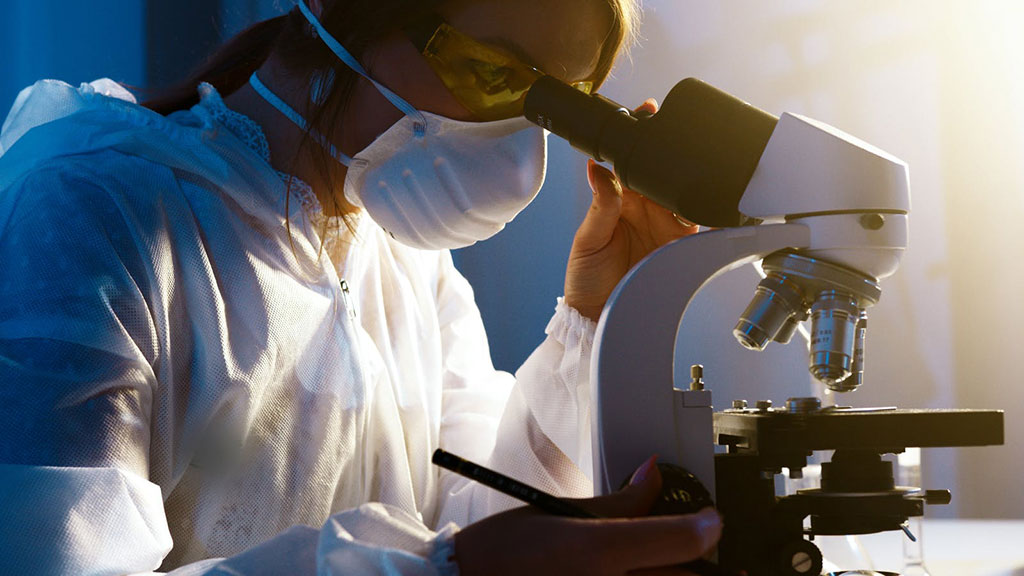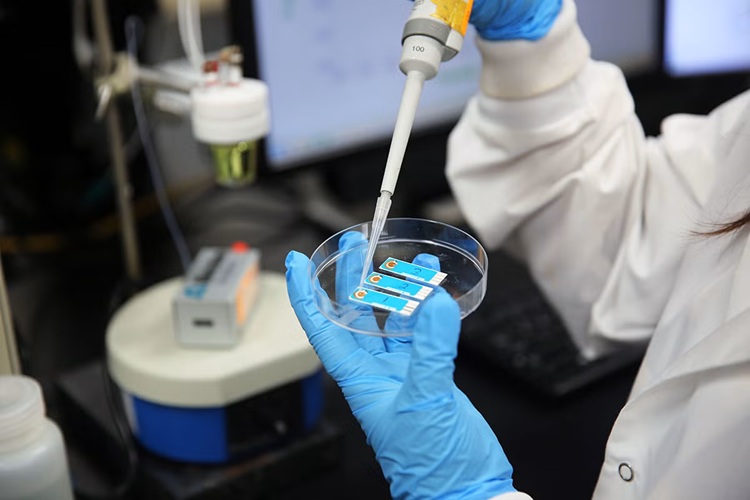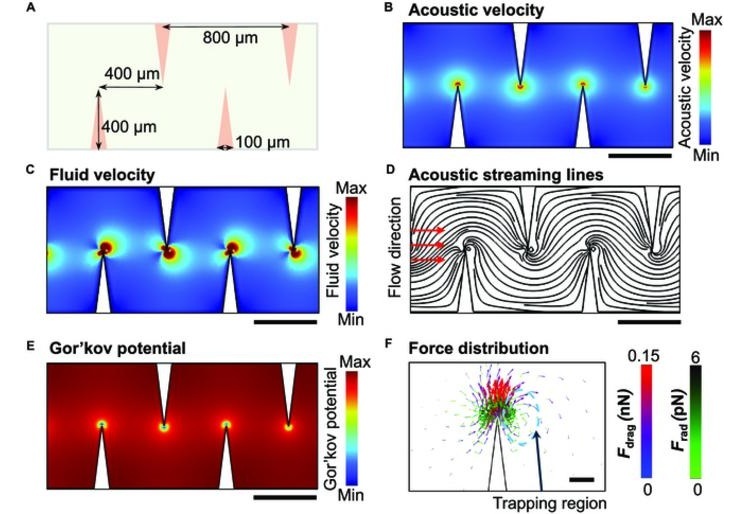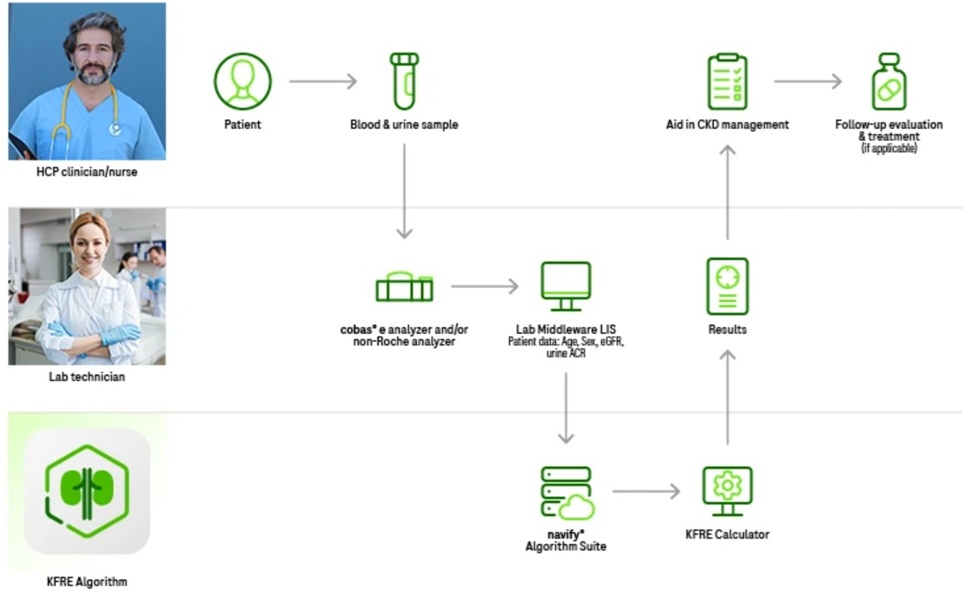Biomolecule Detection Technology to Make Lab-on-a-Chip Devices Smaller, Faster
Posted on 20 Jul 2022
New research has overcome a major challenge to isolating and detecting molecules at the same time and at the same location in a microdevice. The work by scientists at the University of Massachusetts Amherst (Amherst, MA, USA) demonstrates an important advance in using graphene for electrokinetic biosample processing and analysis and could allow lab-on-a-chip devices to become smaller and achieve results faster.
“For the detection of biomolecules, we usually first have to isolate them in a complex medium in a device and then send them to another device or another spot in the same device for detection,” said Jinglei Ping, an assistant professor at the Mechanical and Industrial Engineering Department, who is also affiliated with the Institute of Applied Life Sciences. “Now we can isolate them and detect them at the same microscale spot in a microfluidic device at the same time.

“No one has ever demonstrated this before,” he continued. “This is owing to our use of graphene, a nanomaterial as thin as a single carbon atom, as microelectrodes in a microfluidic device. We found that, compared to typical inert-metal microelectrodes, the electrolysis stability for graphene microelectrodes is more than 1,000 times improved, making them ideal for high-performance electrokinetic analysis.”
Also, Ping added, since monolayer graphene is transparent, “we developed a three-dimensional multi-stream microfluidic strategy to microscopically detect the isolated molecules and calibrate the detection at the same time from a direction normal to the graphene microelectrodes.”
The new approach developed in the work paves the way to the creation of lab-on-a-chip devices of maximal time and size efficiencies, Ping said. Also, the approach is not limited to analyzing biomolecules and can potentially be used to separate, detect and stimulate microorganisms such as cells and bacteria.
Related Links:
University of Massachusetts Amherst














